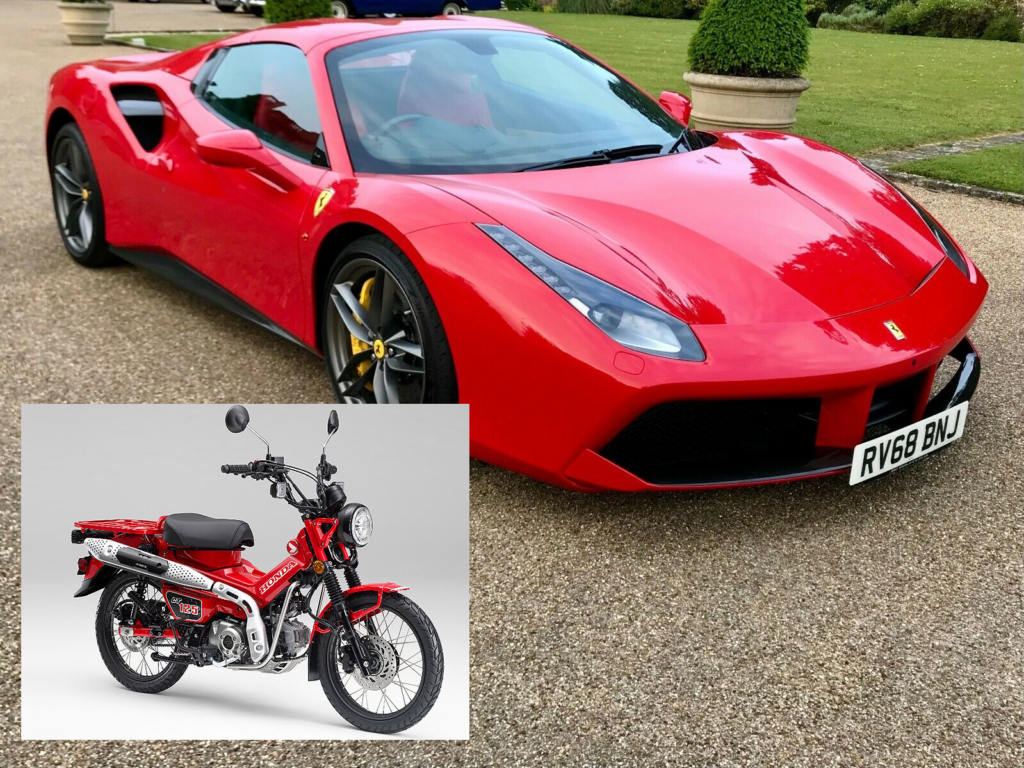
The Purpose Of a System Is What It Does. Let’s take a trivial example. What is this for:

A radiator has one dominating characteristic; it gets hot. Its purpose is to heat the room. Now, something a little more demanding. What’s the purpose of this cheetah’s behaviour:

It’s hunting. The purpose of its current behaviour is it wants or needs to eat. Or perhaps it is practising, having fun play chasing some prey. Of course, animals, plants, and microorganisms have many behaviours. In this case, we can identify the cheetah’s dominant behaviour from its actions. Here the system is the current behaviour, not the whole cheetah. The cheetah is a complicated system with the ultimate purpose of survival and procreation. And yes, contrary to the prevailing reductionist ideas, living things have aims, goals, intentions, objectives, purposes, etc. They are wetware and process information or think as it is commonly described.
Genetics has sidetracked many people, particularly the selfish genes hypothesis. However, the selfish gene ideas popularised by Richard Dawkins are confused and miss the point. Alan Turing gave us something more fundamental. Much more fundamental. Biology is composed of intelligent organisms with complex behaviours. I explained this in a recent book Smart Biology.
Stafford Beer
Stafford Beer explained, “According to the cybernetician, the purpose of a system is what it does. This is a basic dictum. It stands for bald fact, which makes a better starting point in seeking understanding than the familiar attributions of good intention, prejudices about expectations, moral judgment or sheer ignorance of circumstances.”
Forget about the designers and engineers that operate a system. Their aims are not pertinent. Think POSIWID. Think purpose. A Ferrari is a top-end sports car, while a Honda postie bike is an inexpensive motorcycle. What do you want to use it for? If you plan on crossing the Australian outback off-road, go for the postie.

